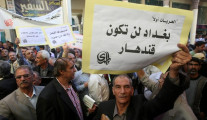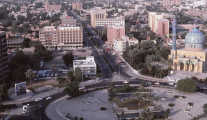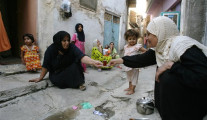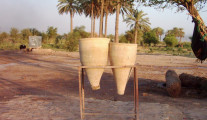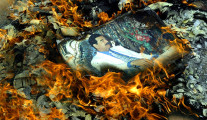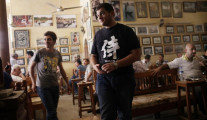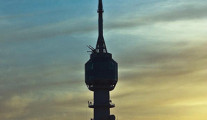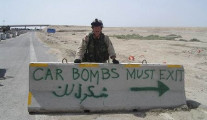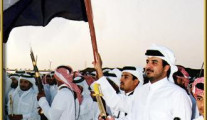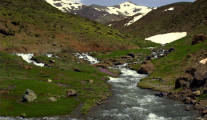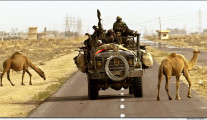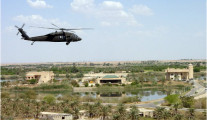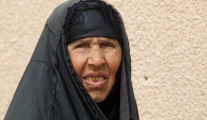
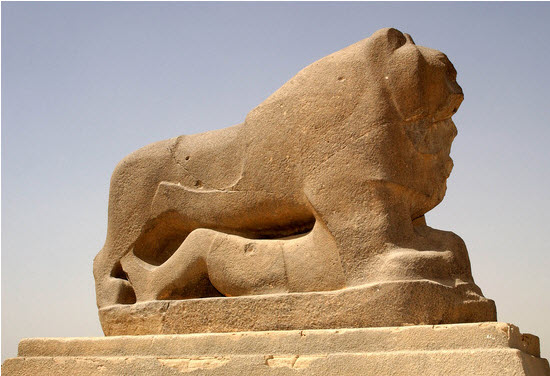
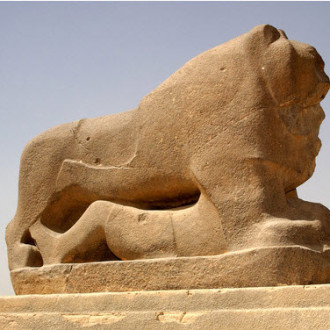
The Lion of Babylon, large and splendidly carved in basalt, reminds us again that the lion was the symbol of the goddess Ishtar. In the sculpture, the lion’s back has marks indicating that it was meant for a precious saddle upon which the goddess Ishtar would stand.
To the south of the Street of Processions is a major temple, the Esagila “The Lofty House”, leading on to the site of the Stepped Tower of Babylon, which had eight levels rising to a height of 91 meters, on a square base also 91 meters square. The Street runs straight until the bridge across the Euphrates, which rested on bastions 9 meters thick each.
Another temple in the area is Nabushcari, recently dug up with painted murals, the largest temple of its time. And, as you cross the railway line to the city, you will see a rise, which originally was 18 m high with a palace built on it, which archaeologists call the summer palace of Nebuchadnezzar. In the upper parts of the back walls are ventilation apertures, which served the inner rooms and halls of the palace.


